Why is 5G so important for the Internet of Things?
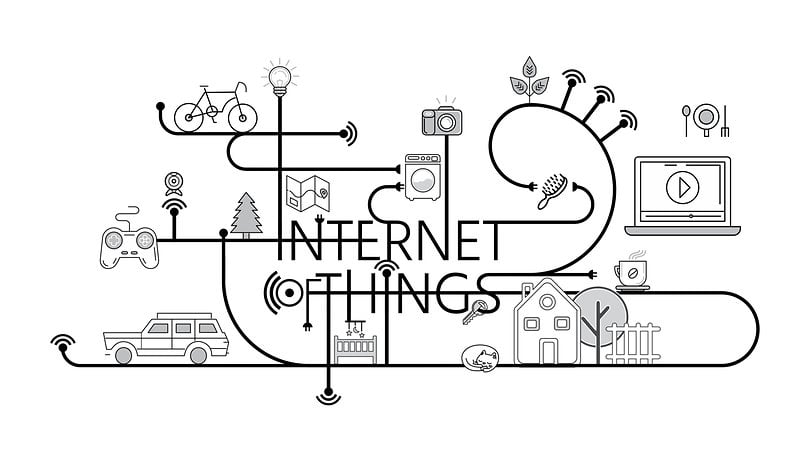

If you associate 5th generation (5G) Internet technology only with faster downloads, prepare yourself - you really have no idea what the future has in store for you!
Every day we are using more and more data: smartphones, smart TV, smart watches, virtual reality, drones, autonomous cars, washing machines, refrigerators, voice assistants and finally, the so-called Internet of Things (IoT) are already among us. All of this requires huge amounts of data to be transmitted and even more important than this, it also requires a large number of simultaneous connections, more efficiency and lower energy consumption.
If you're still having trouble understanding it, 5G will be essential in ensuring that we will be able to continue to communicate in the future when billions of devices will be permanently connected.

Without 5G, IoT doesn't exist. Such a claim may seem a bit far fetched in 2017, but it won't be by 2020 when it's anticipated that there'll be more than 20 billion IoT devices throughout the world. In other words, there will be a lot of people and a lot of devices (things) all wanting to occupy the same space (the Internet) at the same time.
Currently, the 3G and 4G networks still don't need to include real-time response, or what we know as latency. However, within a few years some services that require a reduced delay time (less than 10 milliseconds) will need a new access technology.
Imagine a world in which cars will be able to communicate with its passengers, pedestrians, other vehicles, bicycles, traffic lights, toll booths and other parts of the urban infrastructure. Companies like working to eliminate fatal accidents that their cars may be involved in by 2020 by using this type of communication between things.
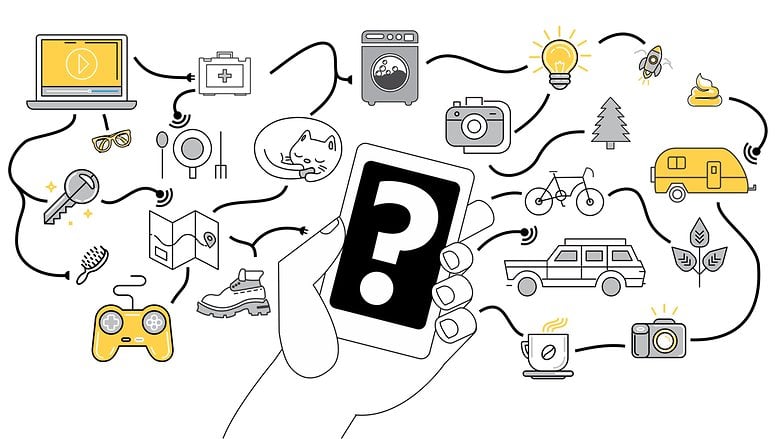
You don't have to imagine yourself living within a science fiction story to get a better understanding of IoT, as many programs are already running based on the principal of a connected world. As a timely example, last Thursday Huawei - in partnership with Telefonica and Kamstrup - implemented a project with real user data using NarrowBand IoT (NB-IoT) technology.
Together, these companies will test the connectivity management of a telemetry solution for residential water meters in Chile. Telemetry allows clients to know their daily water consumption, and it will facilitate more accurate invoicing as well as detecting leaks or any other problems with water systems in individual households. NB-IoT is a network of low-energy connections for large spaces. It’s aimed at adapting devices to the needs of the IoT market - enabling longer battery life, a more reasonable cost, and wider coverage and inclusion into homes.
5G could be thought of like the synapses of our neurons
The current 4G system has already optimized the issue of latency and efficiency, but 5G will be the first network designed to be scalable, versatile and efficient in terms of energy consumption. In other words, each device and network created which is based on IoT, will only use what it needs, when it needs it, instead of consuming anything and everything that's available.
But what does "latency" mean exactly? Basically, it's lag. Latency is a type of measurement, a calculation of the time it takes for a data package to go from one specific point to another, from your operator's antenna to your cell phone, for example. The promise is that a 5G network will have a maximum latency time of one millisecond, though currently it's at around 10 milliseconds. The fact is that, in addition to speed, it will be much more efficient to use since multiple devices will be able to connect and disconnect to the network based on their needs. It's almost like a neuronal network, one of the world's most beautiful systems.

5G technology is the bridge to new IoT solutions
As I mentioned previously, 5G not only improves connection speed, it will pave the way for a smart and highly connected future by enabling devices to communicate more efficiently among themselves. The ability to move large amounts of data through multiple networks is essential to making the promise of IoT a reality.
In the end, 5G technology is the bridge that will bring new IoT solutions to the market. It will enable people to talk with their cars, which will then talk to buildings, houses, airplanes and so on.
According to CPqD Manager of Mobile Network Technologies, Juliano Bazzo, the expectation is that the first commercial 5G networks will be up and running by 2020. That said, we'll all be given a chance to be able to see the first demonstrations of it in Russia during the 2018 World Cup!
Do you still have any doubts about how important 5G is to the Internet of Things? How do you think the Internet of Things is going to change our day-to-day lives? Let us know in the comments below.







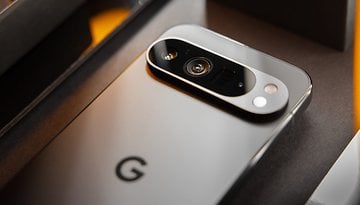
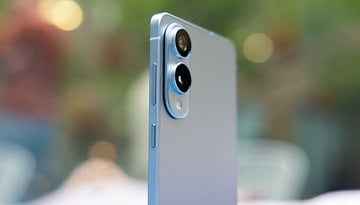
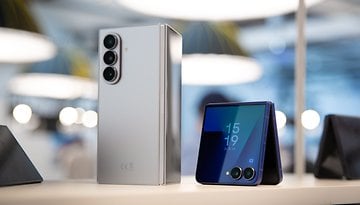

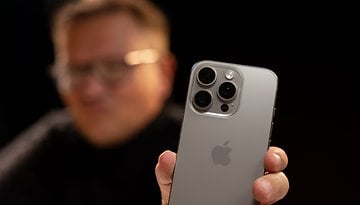


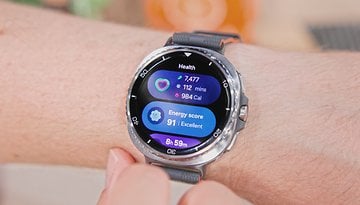


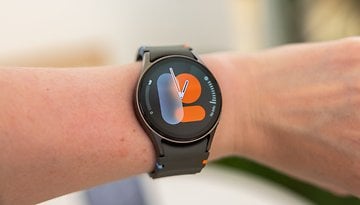


I just started watching Knight Rider again after a few years. A real life KITT seems more and more possible with each year that passes.